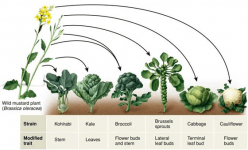Sativa is a term that simply means cultivated. It is NOT a type of cannabis by any stretch of the word. All cannabis grown by man is sativa.
Indica is name that denotes a region that Cannabis Sativa was collected from.
Came across this post the other day and was interested in your reply:
For your information all Sativa is hemp, either WLH or NLH.
All drug varieties are Indica, either WLD, or NLD,
What you refer to (Sativa) is actually Indica, NLD.
Read Cannabis Evolution and Ethnobotany by Robert C Clarke. Or the earlier works by Karl Hillig.-SamS
I don't usually get into these debates, but am curious of the evolution of
not only our beloved plant, but also its accurate description.





